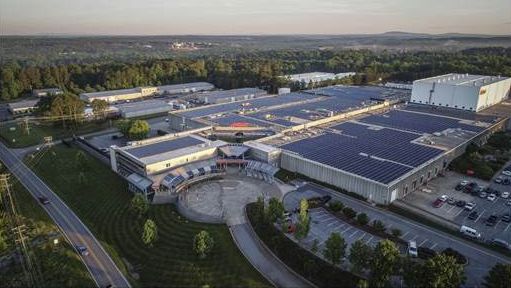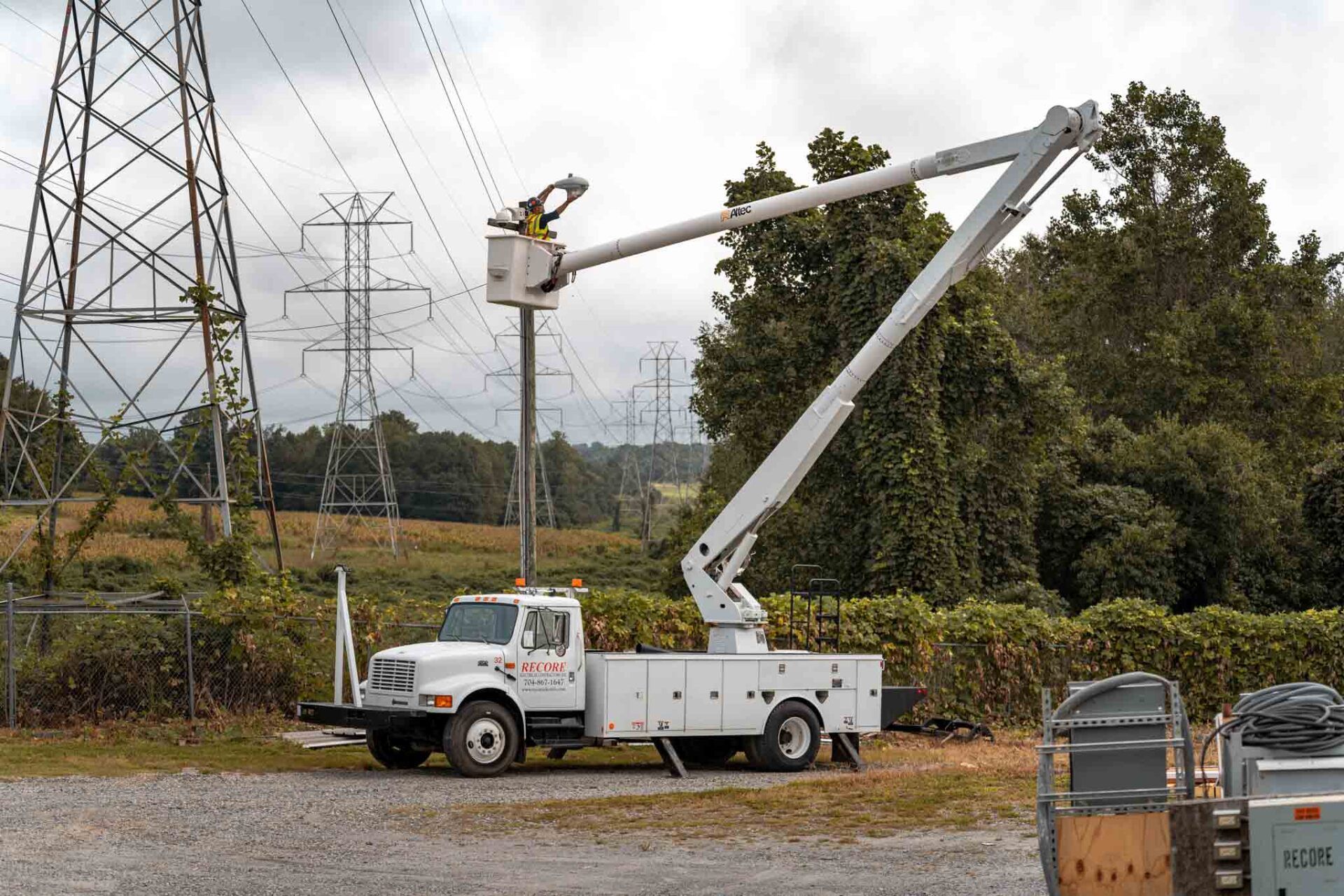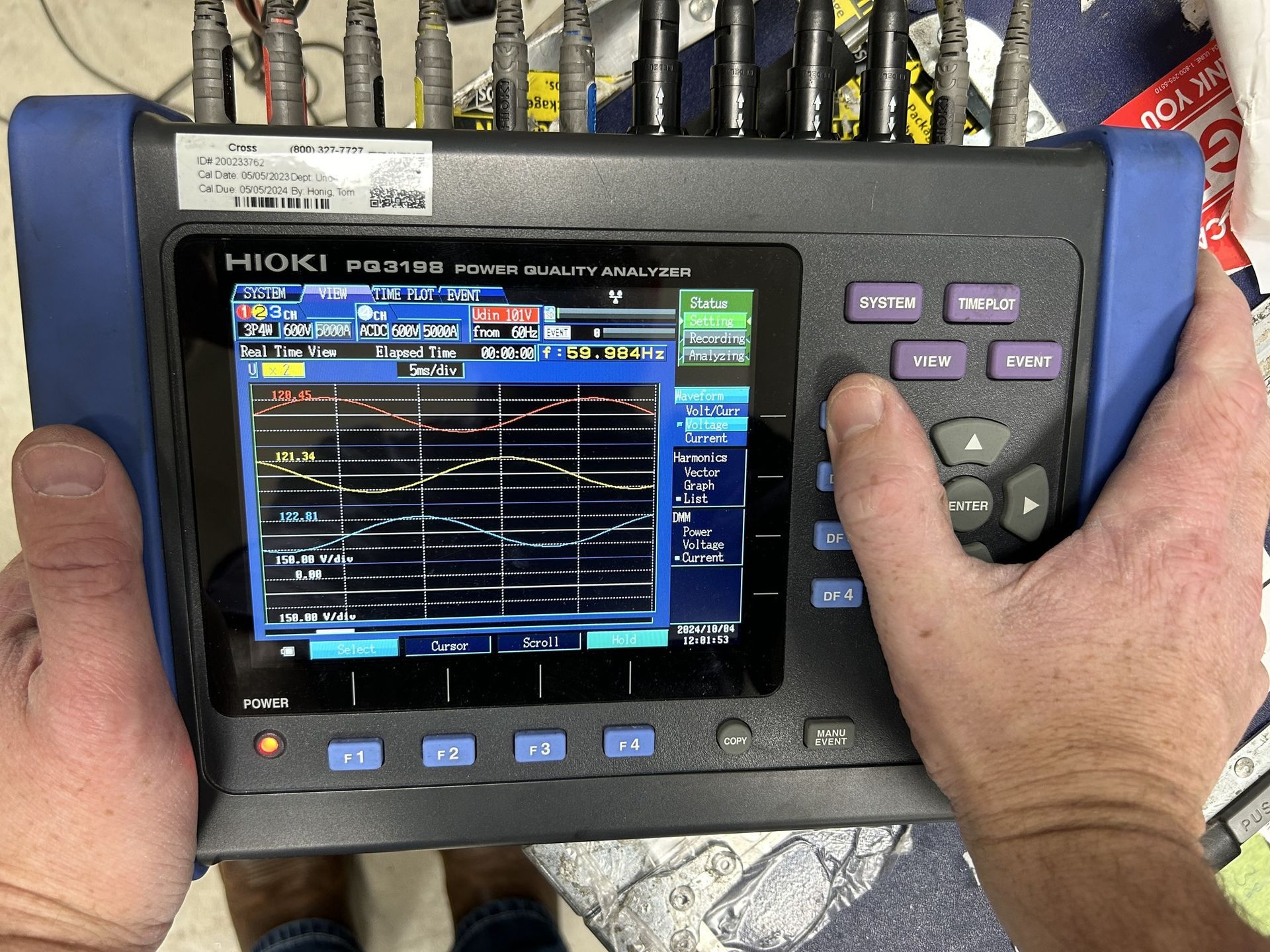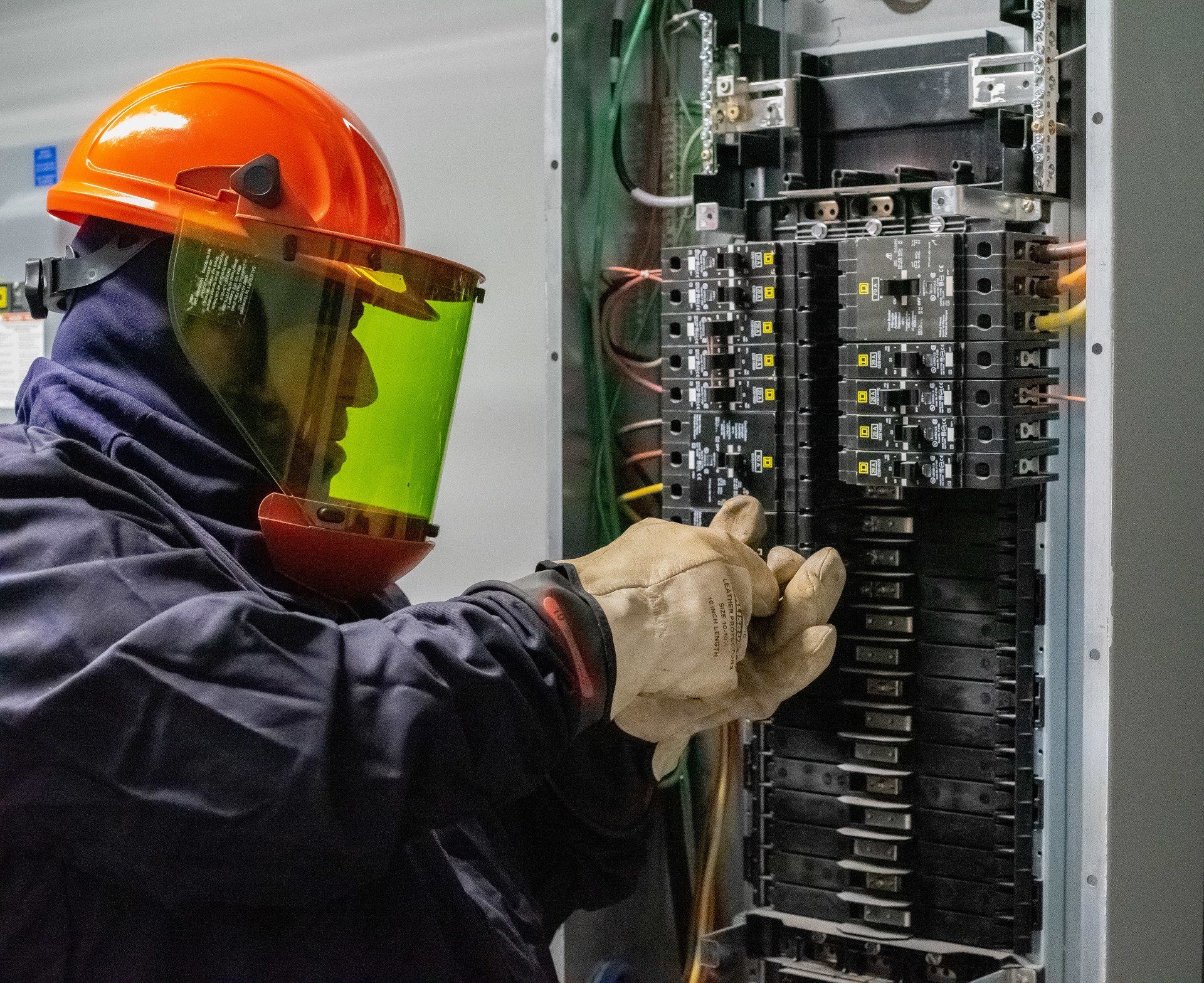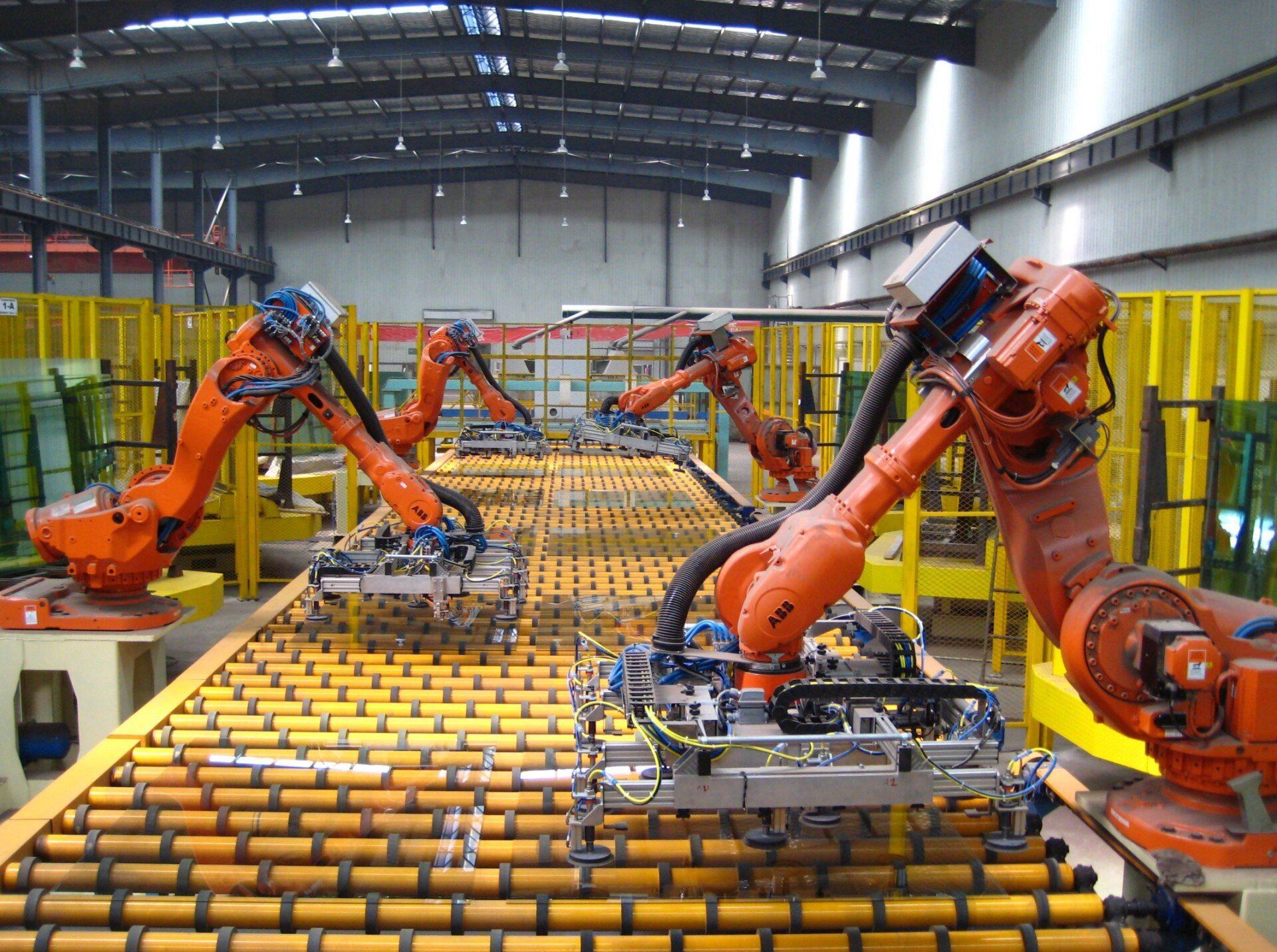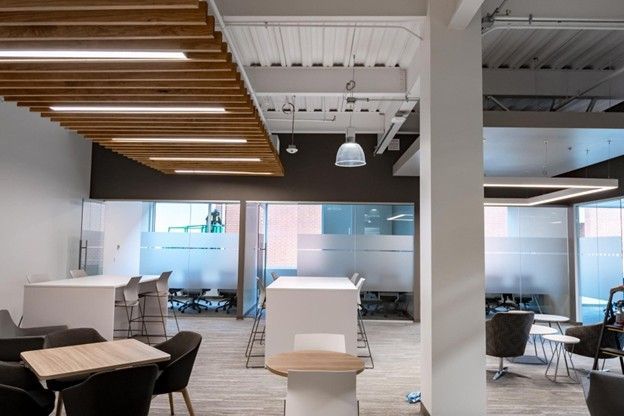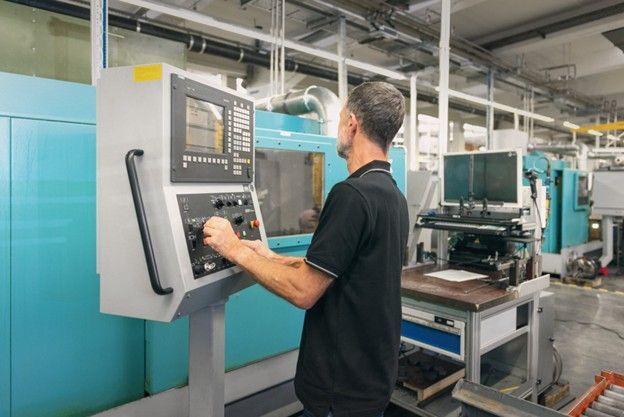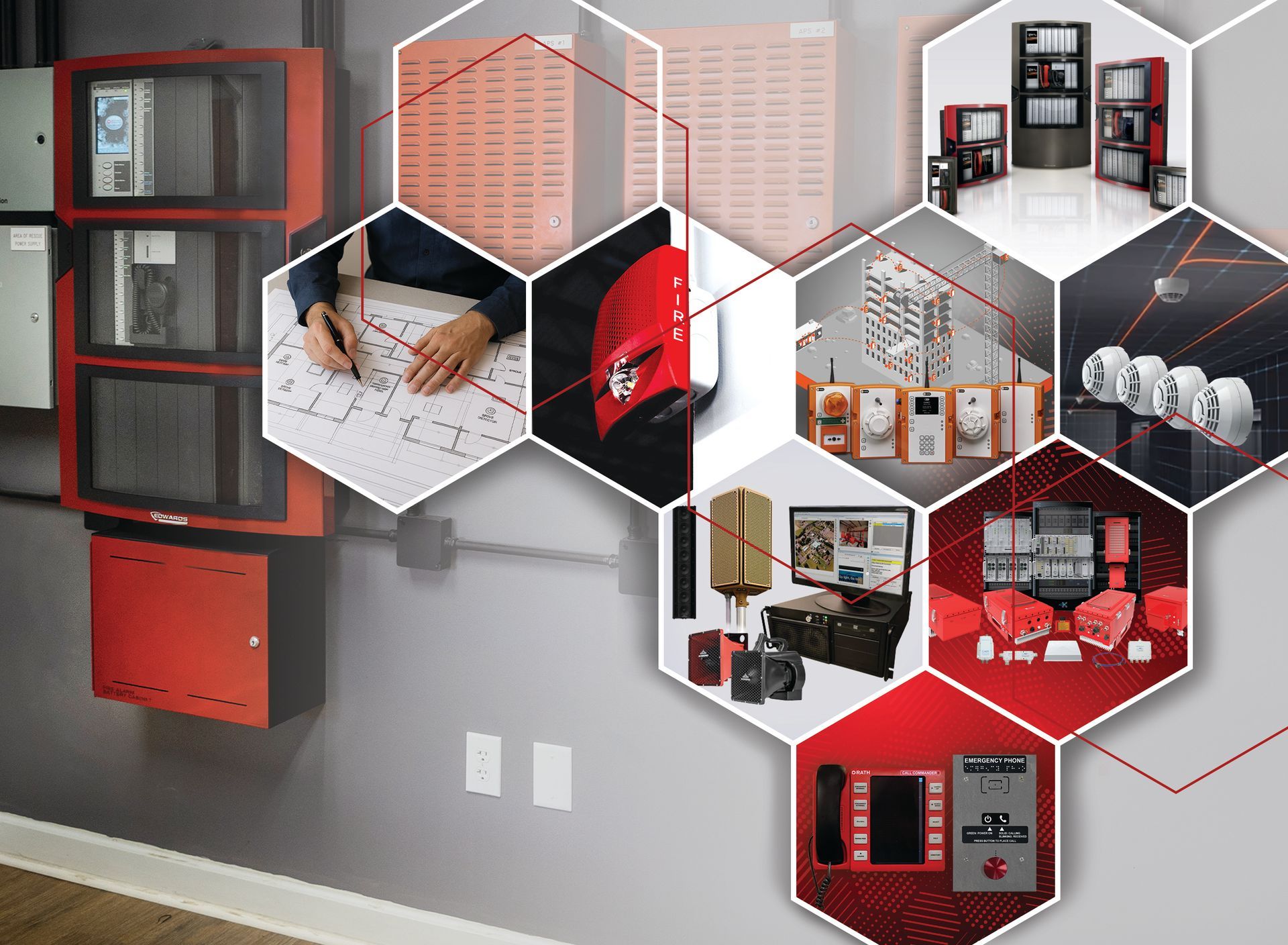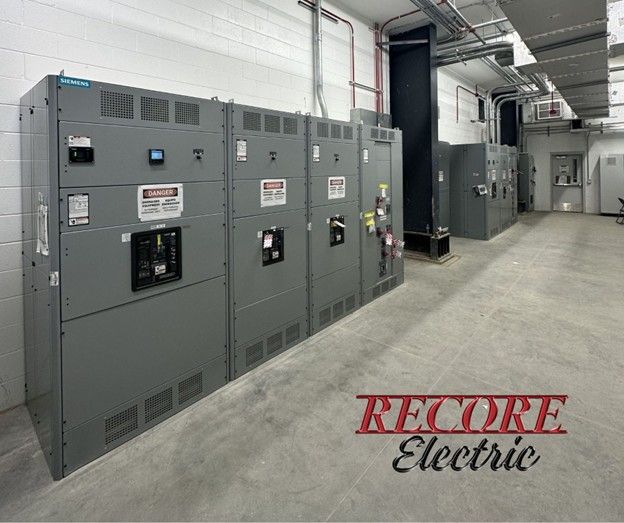Understanding High-Voltage Installations in Industrial Settings
In industrial facilities, the demand for power is often immense. Running heavy machinery, complex systems, and around-the-clock operations requires a stable and reliable electrical infrastructure. At the heart of this infrastructure are high-voltage installations. These systems provide the necessary capacity to distribute large amounts of electricity safely and efficiently throughout a facility.
High-voltage installations are complex and highly specialized, requiring precision planning, expert installation, and rigorous maintenance. For industrial electric contractors like Recore Electric, these projects are a cornerstone of what sets us apart as a trusted partner to manufacturers, processors, and critical infrastructure operators.
In this article, we will explore what defines high-voltage installations, common applications in industrial settings, design and safety considerations, and how Recore Electric approaches these complex projects.
What Are High-Voltage Installations?
In general terms, there’s no exact definition of high voltage but according to the National Electrical Code (NEC), it can be a voltage that’s over 600 volts. These systems are essential when distributing power over long distances or to supply large industrial equipment with high power demands.
Common components in high-voltage installations include:
- Substations and transformers
- Switchgear and circuit breakers
- Underground and overhead distribution lines
- High-voltage switchyards
- Protective relays and monitoring equipment
These installations are engineered to handle massive electrical loads while protecting workers, equipment, and the environment from the inherent hazards of high-voltage electricity.
Industrial Applications of High-Voltage Installations
High-voltage systems are not limited to utilities or power generation. In industrial settings, they play a critical role in supporting production lines, process equipment, and facilities that require uninterrupted, large-scale power delivery.
Industries that commonly rely on high-voltage installations include:
- Manufacturing facilities, where high-powered machinery, assembly lines, and robotics demand stable and high-capacity power distribution.
- Food and beverage processing plants, where continuous operations, refrigeration systems, and specialized equipment rely on reliable high-voltage infrastructure.
In these industries, high-voltage systems keep operations running safely and efficiently, with minimal downtime.
Key Design Considerations for High-Voltage Installations
Load Requirements
One of the first steps in designing a high-voltage system is understanding the facility’s total load requirements. This involves calculating both peak demand and steady-state operations to size equipment and infrastructure accordingly. Oversizing can lead to wasted investment, while under-sizing risks dangerous overloads and system failure.
Voltage Level Selection
Choosing the appropriate voltage level is critical for balancing efficiency and safety. Higher voltages allow more efficient power transmission over long distances by reducing line losses, but they also require more stringent safety measures and specialized equipment.
System Redundancy and Resilience
Downtime in industrial operations can lead to significant financial loss. Therefore, system design often incorporates redundancy, such as backup transformers, dual feeds, or looped systems. This allows for continuous operation even during maintenance or unexpected failures.
Compliance with Standards
High-voltage installations must comply with numerous standards and codes, including the National Electrical Code (NEC), IEEE standards, and OSHA regulations. Contractors must also follow state and local regulations that apply to high-voltage work.
A valuable resource for understanding high-voltage safety and design is the Occupational Safety and Health Administration (OSHA), which provides detailed requirements for high-voltage systems under 29 CFR 1910 Subpart S.
Safety Is Paramount
The risks associated with high-voltage systems are significant. Arc flashes, electrocution, and equipment failure can have catastrophic consequences for personnel and facilities.
According to the National Fire Protection Association (NFPA), electrical injuries account for thousands of worker injuries annually, with arc flash incidents alone causing severe burns, fatalities, and costly equipment damage.
To minimize these risks, high-voltage installations demand:
- Proper engineering and layout to isolate high-voltage areas.
- Installation of protective relays, grounding systems, and surge arresters.
- Rigorous worker training and personal protective equipment (PPE).
- Ongoing maintenance and periodic testing.
Contractors must take all these elements into account when performing high-voltage installations to protect workers, equipment, and the surrounding community.
How Recore Electric Approaches High-Voltage Installations
Recore Electric has developed proven methods for executing high-voltage projects safely, efficiently, and on time. Our approach involves a systematic process that begins well before any wire is pulled or equipment is installed.
Early Collaboration with Clients and Engineers
Recore Electric works closely with clients, general contractors, and engineers from the early stages of the project. This collaborative approach allows for better planning, budgeting, and design alignment. Addressing potential roadblocks at the start helps avoid costly redesigns or delays later in the project.
Detailed System Planning and Design
Our team meticulously plans every detail of the high-voltage installation, from conductor sizes and conduit routing to grounding schemes and arc flash studies. This comprehensive planning reduces the chance of errors during installation and provides clear documentation for future maintenance.
Specialized Installation Expertise
High-voltage installations require specialized knowledge, tools, and safety protocols. Recore Electric’s field teams are trained and certified to handle high-voltage work, including live line work, switchgear installation, and system commissioning. Our crews follow strict lockout/tagout (LOTO) and confined space procedures, keeping safety at the forefront.
Testing and Commissioning
Before any high-voltage system is energized, Recore Electric conducts thorough testing and commissioning. This includes insulation resistance tests, HiPot testing, relay testing, and functional performance verification. These steps confirm that the system will operate safely and effectively from day one.
Long-Term Support and Maintenance
Recore Electric does not walk away after installation. We offer ongoing support, inspections, and maintenance services to extend the life of high-voltage systems. Our proactive maintenance programs help detect potential issues before they lead to failures or safety incidents.
Why Choosing the Right High-Voltage Contractor Matters
Selecting an experienced contractor for high-voltage installations is essential. Mistakes in system design, installation, or commissioning can lead to dangerous conditions, costly downtime, and regulatory penalties.
Recore Electric brings decades of experience in high-voltage systems across industrial sectors. Our team’s attention to detail, safety-first culture, and technical expertise make us a trusted partner for complex electrical installations.
Conclusion
High-voltage installations are the backbone of industrial power systems. From substations to switchgear, these systems require careful planning, specialized expertise, and ongoing attention to safety and reliability.
For industrial facilities planning a new high-voltage installation or upgrading existing systems, partnering with a contractor who understands the intricacies of these projects is essential. Recore Electric is proud to bring that expertise to every high-voltage project we undertake.
